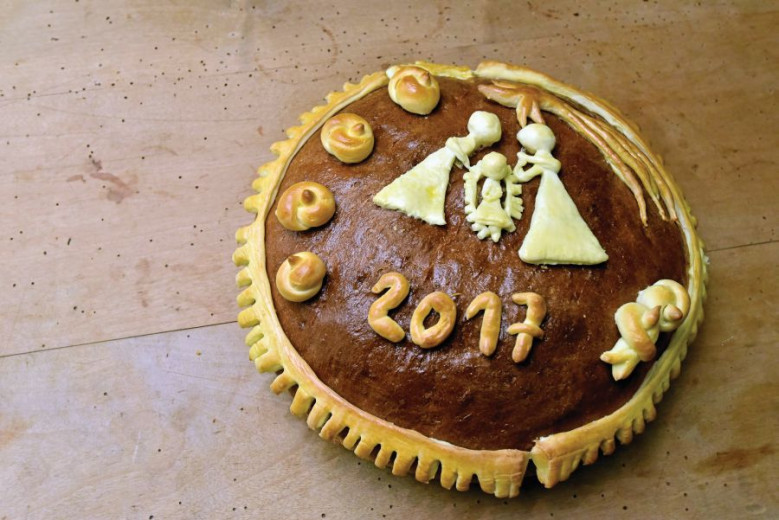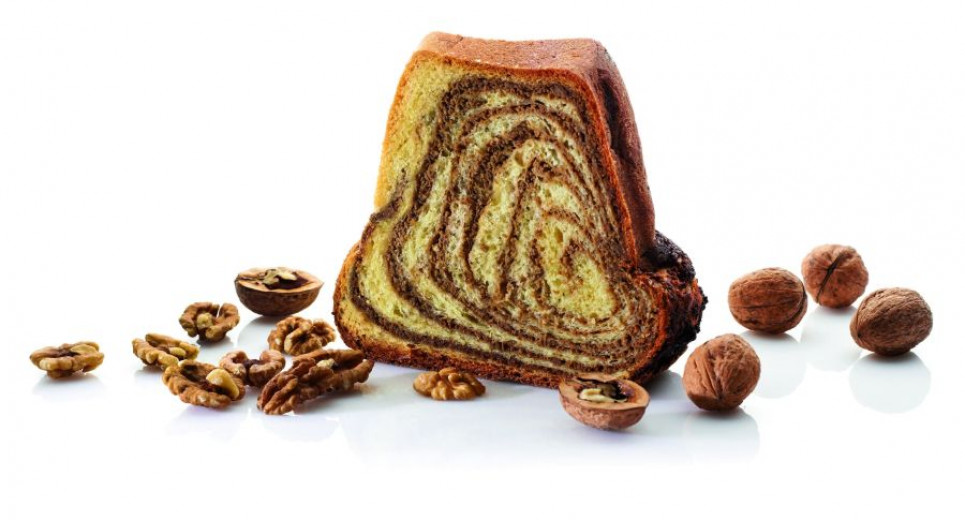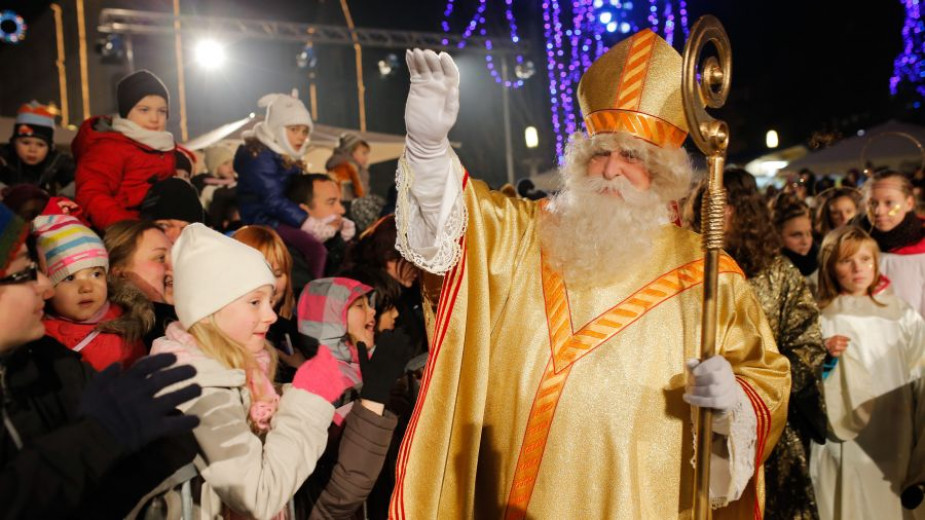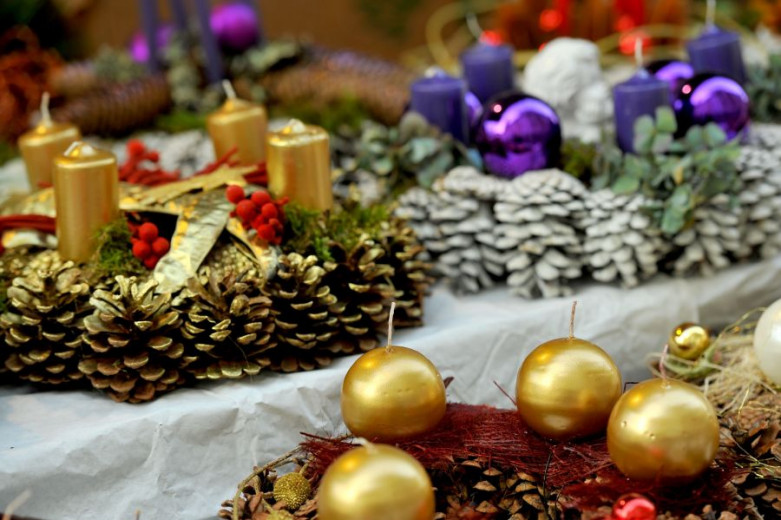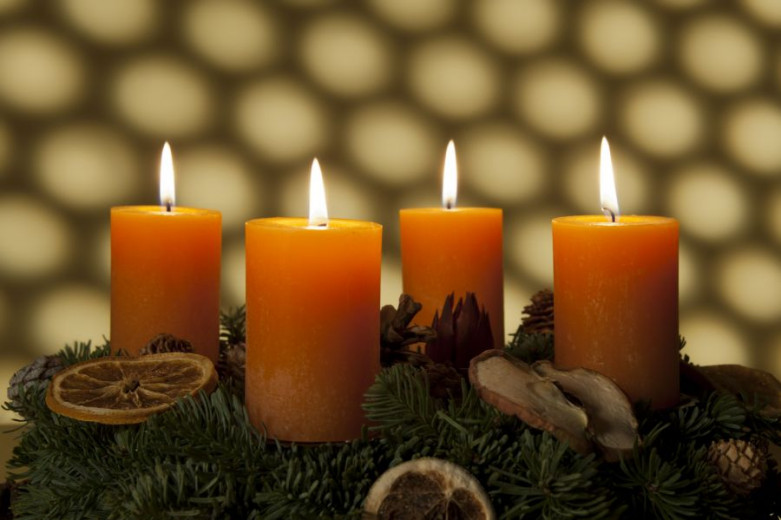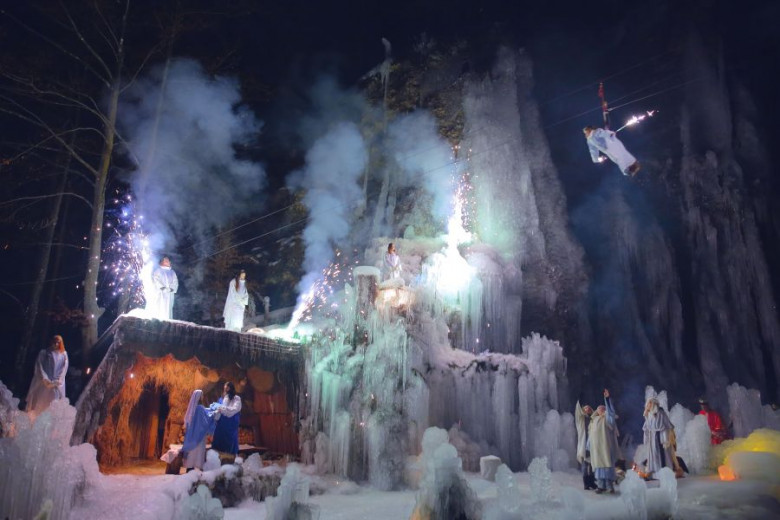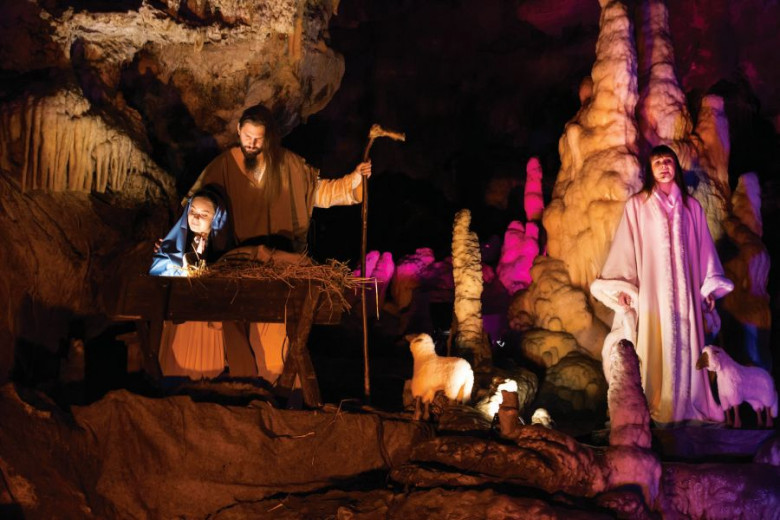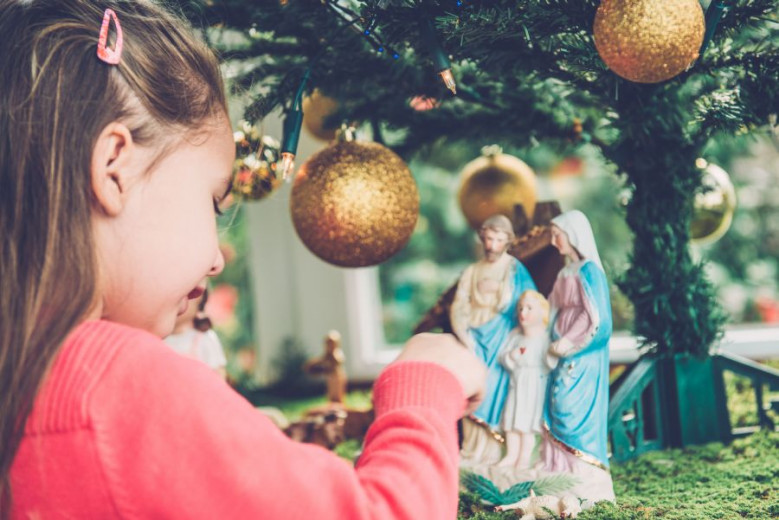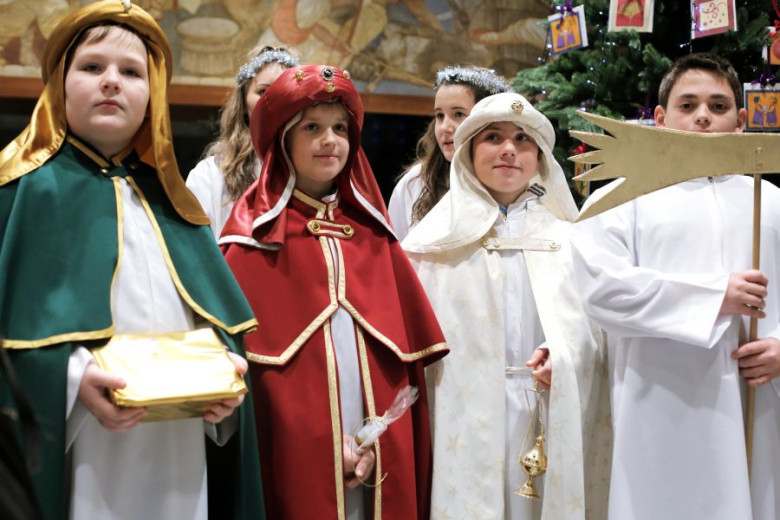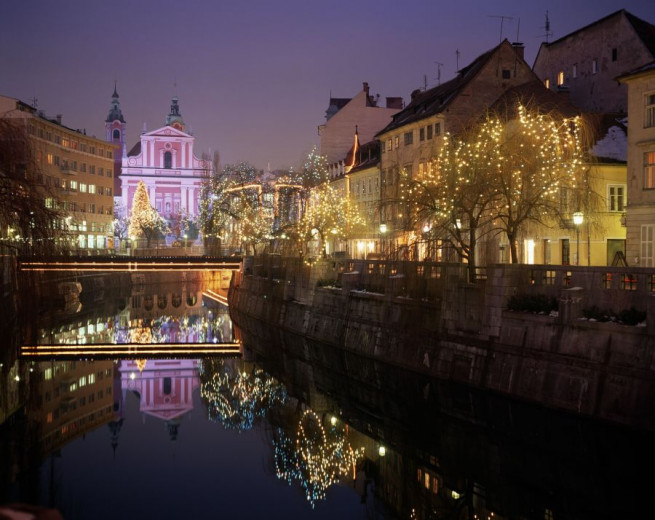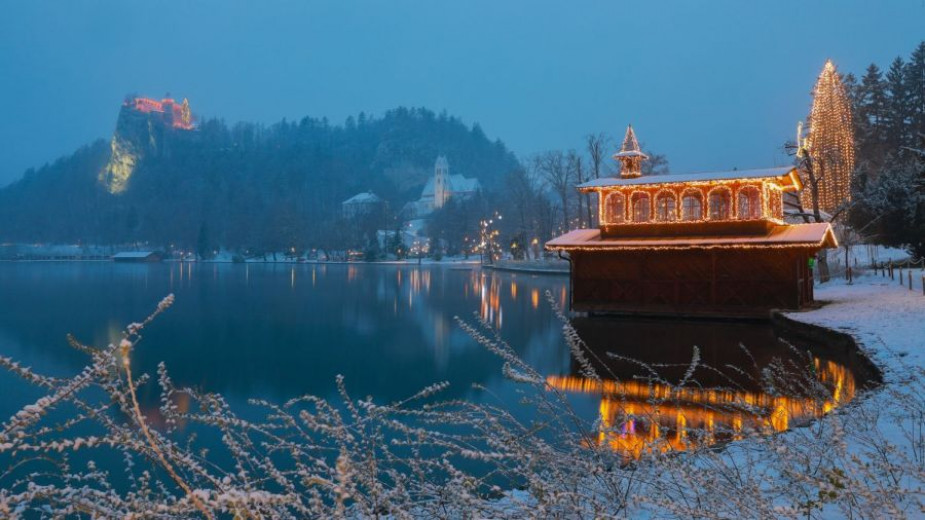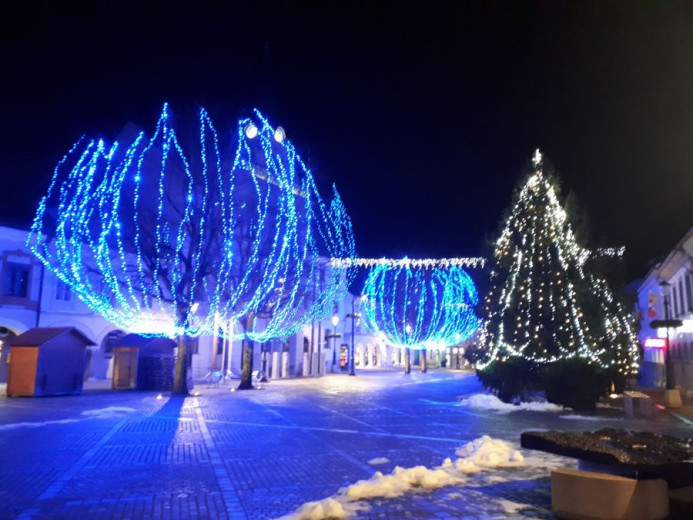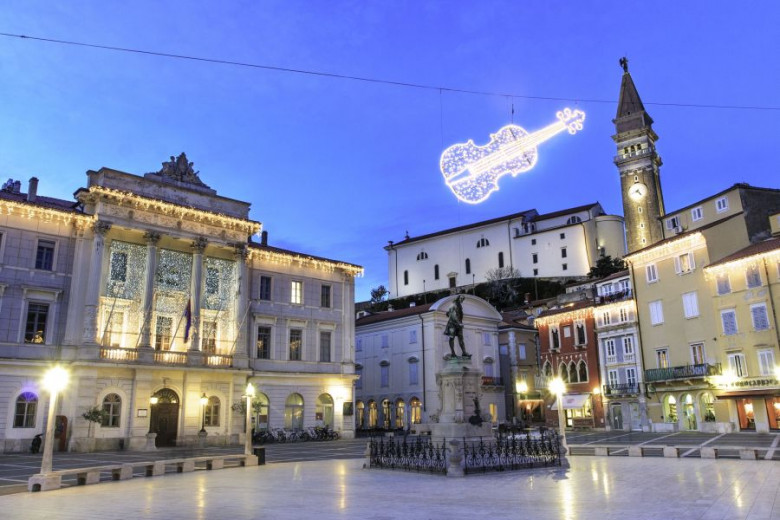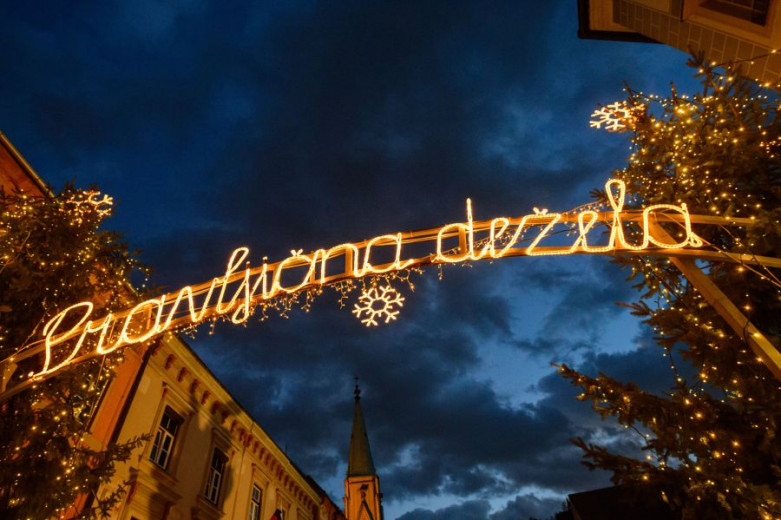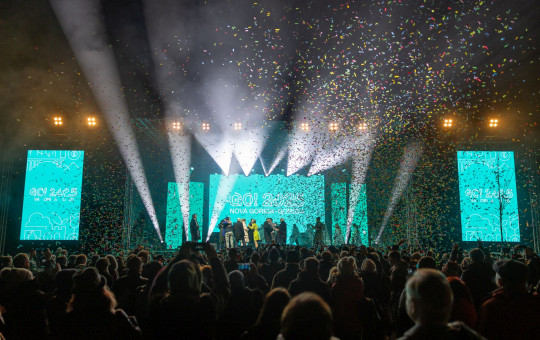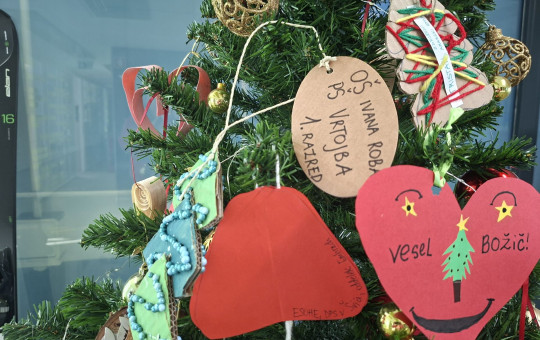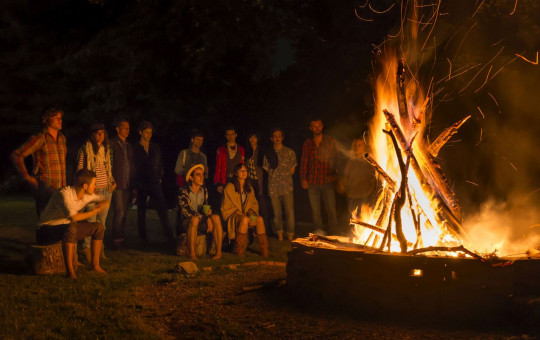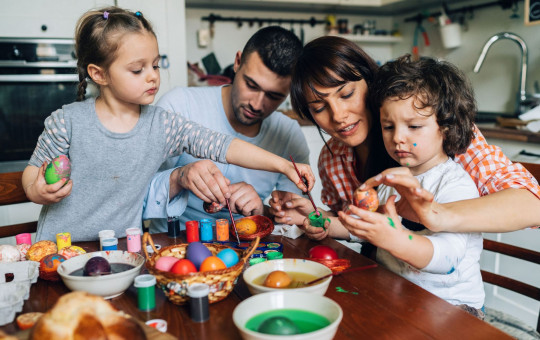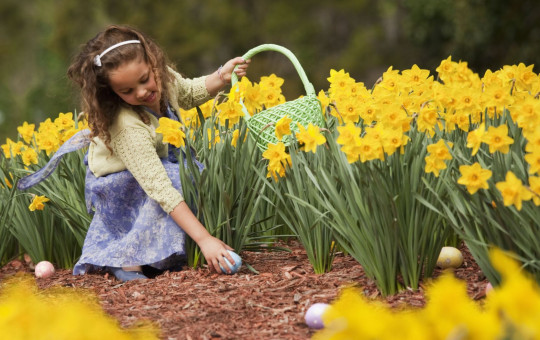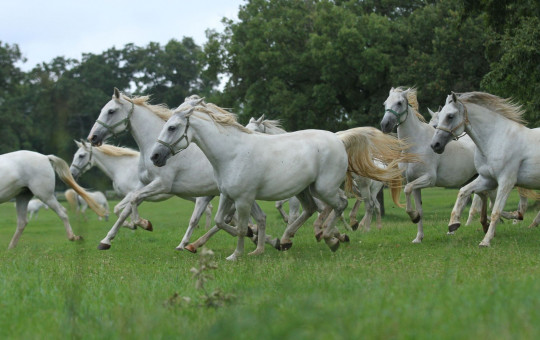Date: 14. December 2023
Time to read: 3 min
December is a time of gift-giving, coming together, enjoying good company and reviving old traditions. If you are spending the Christmas and New Year holidays in Slovenia, in addition to taking a stroll down the beautifully decorated streets of Slovenian cities and among the inviting holiday market stalls, be sure to also enjoy some of the traditional events.
During this time, Slovenian children are looking forward to the visit of at least one of the three good men, many of them of Saint Nicholas, but more and more also of Father Frost or Santa Claus. Christmas wreaths are hung on the doors or advent wreaths placed on the tables and many Slovenians set up nativity scenes and decorate Christmas trees in their homes.
There are many more traditions and culinary delicacies that can be seen and tasted only in Slovenia or a precious few countries.
In Slovenia no Christmas holiday is complete without the traditional potica cake. Of all the holiday breads, the most magical powers were once attributed to those made for Christmas. Each member of the family, including the animals, received a piece, for it brought good fortune to the house, health to parents, rapid growth to children, and a husband for girls, while also fattening livestock, driving evil spirits from the house and protecting the homestead from lightning and thieves. Special powers were held by the ceremonial bread of Štajerska, known as kuc or krhljak (fruit bread). The Christmas bread of the Bela Krajina, Dolenjska and Notranjska regions was beautifully decorated with dough Nativity scenes and animals.
On the eve of the Feast of St Nicholas (from December 5 to 6), the custom was to put baskets or plates on the window ledge or table before children went to bed.In Slovenia, St Nicholas traditionally brings children walnuts, dried fruit, pastries and biscuits, as well as some small gifts.
On the Feast of St Barbara, 8 December, or st. Lucia, 12 December, Slovenians have the custom of planting wheat grass, which sprouts by Christmas and then serves as a decoration or symbol of prosperity. In Slovenia it is called "Christmas grain" in Gorenjska, "sprouted grain" in Štajerska, "wheat" in Dolenjska and "eternal life" in Bela Krajina.
In the period running up to Christmas Slovenians place an advent wreath on the table, woven from evergreen branches, and in some places from moss.
It is adorned with candles, dried fruit or other simple decorations. The gradual lighting of the candles symbolises the growth of the good at this season.
Nativity scenes are an obligatory part of the Christmas atmosphere, alongside New Year trees.
In addition to home scenes, there are some fascinating live Nativity displays that can be seen around the country, such as in Postojna Cave, Mojstrana and elsewhere.
In Slovenia the first church Nativity scenes were set up in 1644 by the Jesuits in Ljubljana.
In some parts of Gorenjska they still preserve the ancient custom known as "follow the bell," when people ring a bell through the entire village at 22:00 on Christmas Eve, inviting the locals to midnight mass.
The practice of sprinkling holy water and lighting incense at home is very old, dating back to pre-Christian times. The smoke, fire and holy water would supposedly protect the home, animals and fields from disaster, and would summon to the house prosperity, health and a good harvest. In Slovenia each member of the family had their own part to play in the blessing ritual. The master of the house burned blessed wood in a pan, placing in it embers, incense and pitch. This gave the house a very pleasant fragrance. While walking around the home, the woman of the house prayed and sprinkled holy water with a spruce branch or other greenery, and the children followed their parents carrying lanterns or little candles. This custom has been retained to the present day in some places.
New Year fir trees adorn Slovenian homes, streets and squares. Each family decorates them in their own way. Some use natural materials, while others use traditional ornaments, but all have twinkling lights.
A very old and typical custom is wassailing, where people sing carols for Christmas and New Year, and also enjoy cups of hot mulled cider, with this tradition still seen in many places from 24 December to 6 January.
The Feast of St Stephen (28 December) has also been celebrated for centuries, and on that day farmers traditionally dedicated themselves to the saint for the protection of their horses.
On this occasion wassailers would walk from house to house greeting people thus: "God bless this house and the people who live in it." They then offered the people living there seasonal greetings and wishes for health and happiness. The third part of the wassailing ritual was a request for a gift. When they received this, the wassailers offered thanks by saying something like the following:"may the horses, donkeys and pigs play around your house, all in one cauldron." The wassailers were always joyful and full of fun.
-
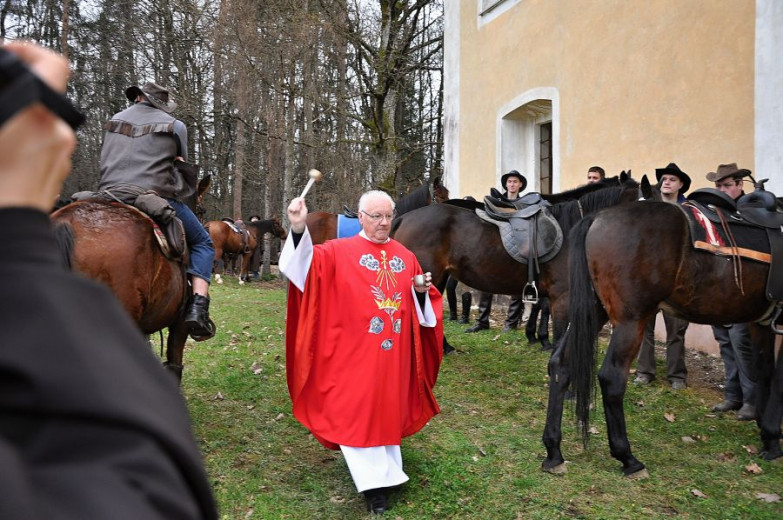 The Feast of St Stephen (28 December) has also been celebrated for centuries, and on that day farmers traditionally dedicated themselves to the saint for the protection of their horses. Photo: Rasto Božič/STA
The Feast of St Stephen (28 December) has also been celebrated for centuries, and on that day farmers traditionally dedicated themselves to the saint for the protection of their horses. Photo: Rasto Božič/STA
-
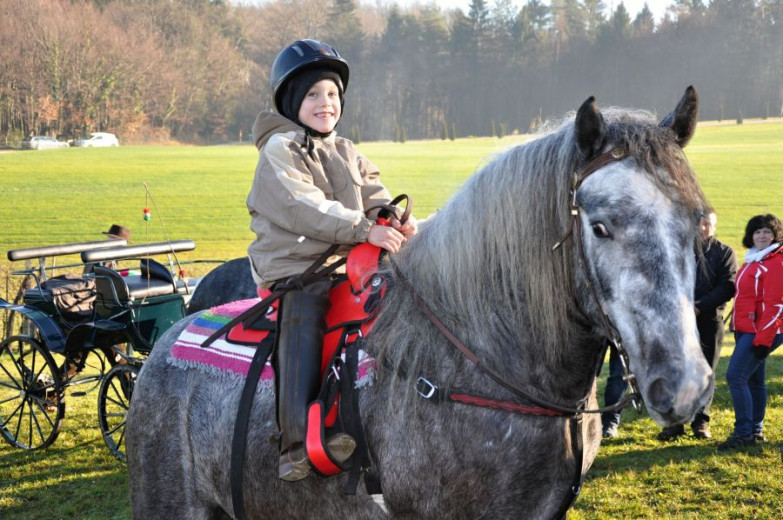 On the feast of St Stephen. Photo: Rasto Božič/STA
On the feast of St Stephen. Photo: Rasto Božič/STA
-
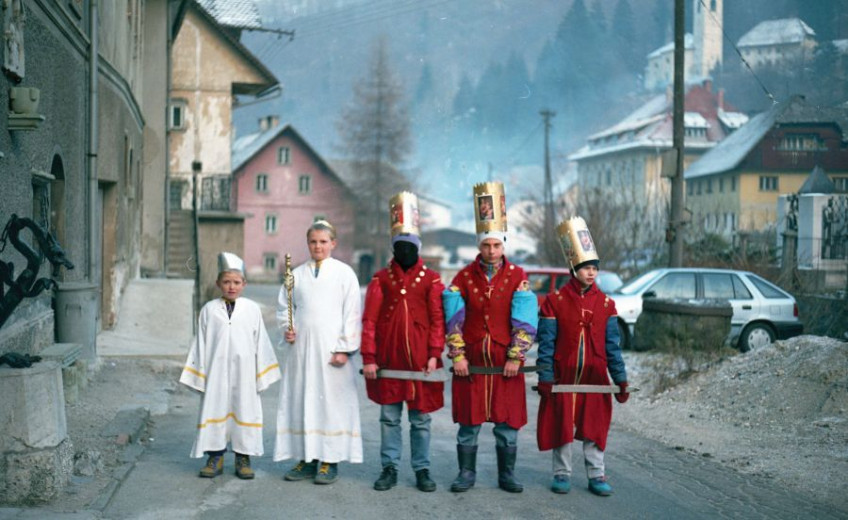 A very old and typical custom is wassailing, where people sing carols for Christmas and New Year, and also enjoy cups of hot mulled cider, with this tradition still seen in many places from 24 December to 6 January. Photo: Slovene Etnographic Museum archives
A very old and typical custom is wassailing, where people sing carols for Christmas and New Year, and also enjoy cups of hot mulled cider, with this tradition still seen in many places from 24 December to 6 January. Photo: Slovene Etnographic Museum archives
A special role and significance was enjoyed by "beaters," who played their part on 28 December. On that day children went around the village at first light with St Nicholas sticks beating the adults. First they got their parents, then they went from house to house. The adults bought their way out of a beating by filling the children’s pockets with bread, potica, walnuts and other treats. These days, however, the tradition is all but unknown in Slovenia. In Podkoren this custom was called "šapanje", in Koroška"šapavica", in Gorenjska "pametiva", in Porabje the children would "friškati" around the houses, and Prekmurje children would go "rodivat".
On the morning of New Year’s Day a woman was not allowed to be the first visitor to a house, for that brought misfortune. Moreover, in order for fruit trees to bear an abundant harvest in the coming year, the farmer would shake the snow off each of them on New Year morning.
On the eve of Three Kings Day the family would bless the house with incense and water. Over the entrance the master wrote the initials of the three kings in the middle of the numbers for the year, such as 20 + G + M + B + 24.
The inscription then had to stay above the door until the next year, a custom that is still practiced today. On that night Slovenian villages would be visited by Three Kings wassailers, who brought good wishes for health and happiness to the house.
The festive time of Christmas and New Year was over when the woman of the house stopped opening the bins in the granaries, as she would do during the Christmas period so that God’s blessing would be called into them. She would sit at the bin and sift through it, selecting only the best grains for seed. Each year spring would come once again to the land, summoned forth by the wheat grass on the Christmas table, the evergreen decorations in the "Holy Corner" of the house, and by little spruces along the village stream.
Socialising with friends over mulled wine, usually in the decorated city streets, remains an obligatory part of the festive atmosphere in Merry December.
-
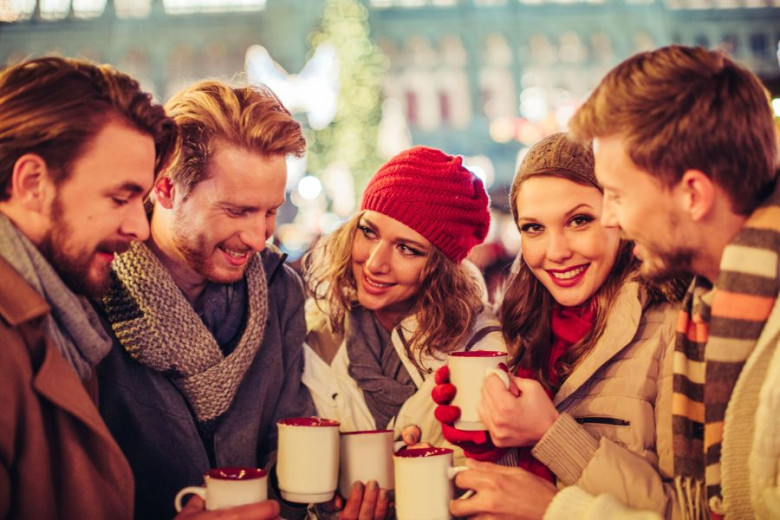 Socialising with friends during the walk around the city. Photo: svetikd-GettyImages/GuliverFilm&Foto
Socialising with friends during the walk around the city. Photo: svetikd-GettyImages/GuliverFilm&Foto
-
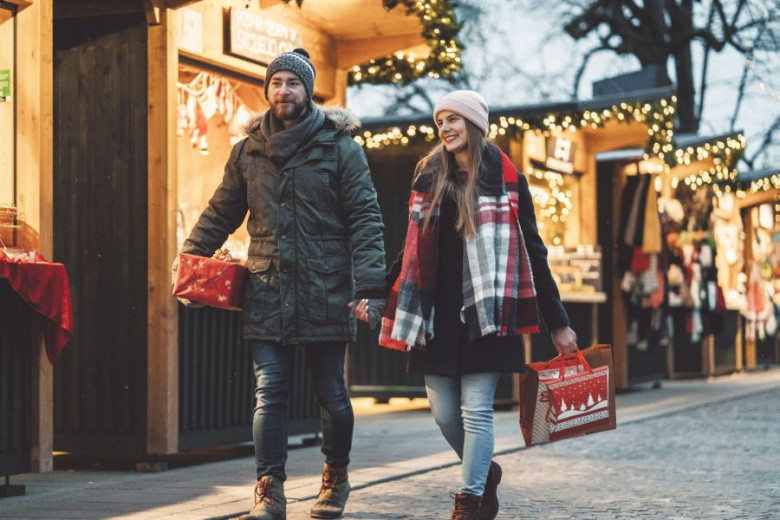 Shopping presents on the bank of Ljubljanica river. Photo: Sypderskido-GettyImages/GuliverFilm&Foto
Shopping presents on the bank of Ljubljanica river. Photo: Sypderskido-GettyImages/GuliverFilm&Foto
-
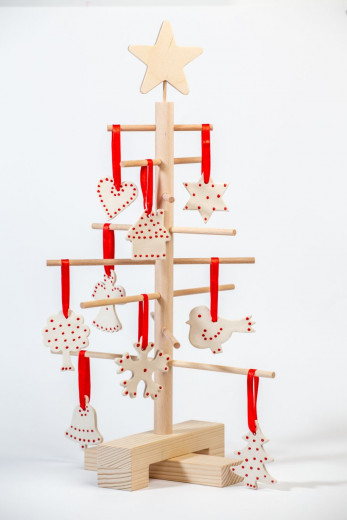 Eco friendly - Snow Clay Xmas3. Photo: Rada Kos
Eco friendly - Snow Clay Xmas3. Photo: Rada Kos
-
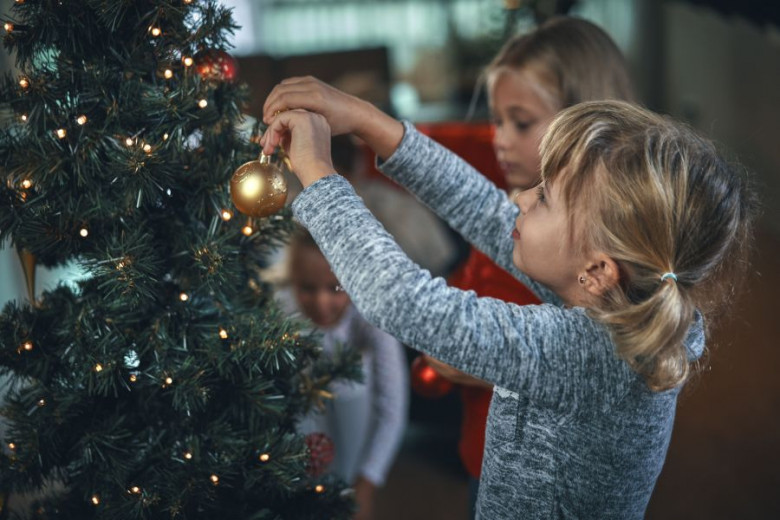 Girl is decorating a christmas tree. Photo:gmvOZD- GettyImages/Guliver Film&Foto
Girl is decorating a christmas tree. Photo:gmvOZD- GettyImages/Guliver Film&Foto
-
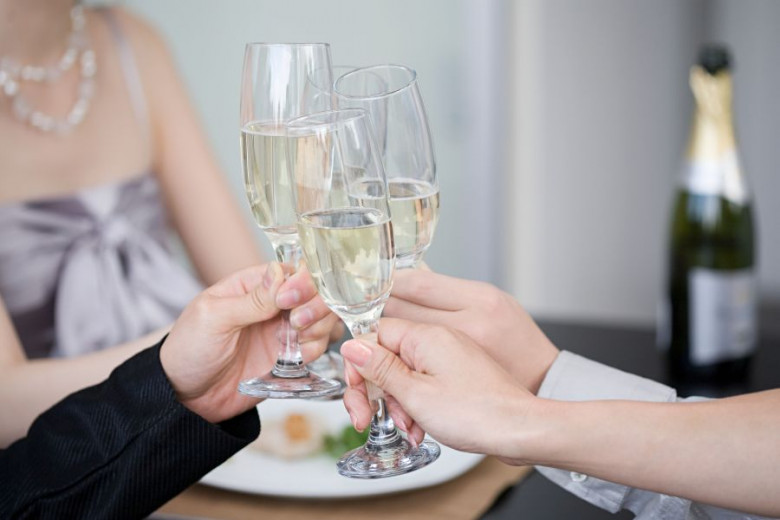 Happy New Year 2024! Photo:ImageSource-GettyImages/GulliverFilm &Foto
Happy New Year 2024! Photo:ImageSource-GettyImages/GulliverFilm &Foto

